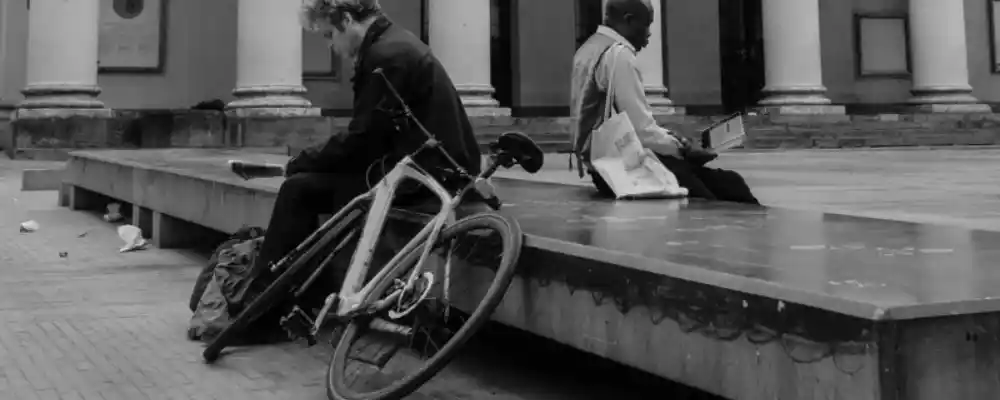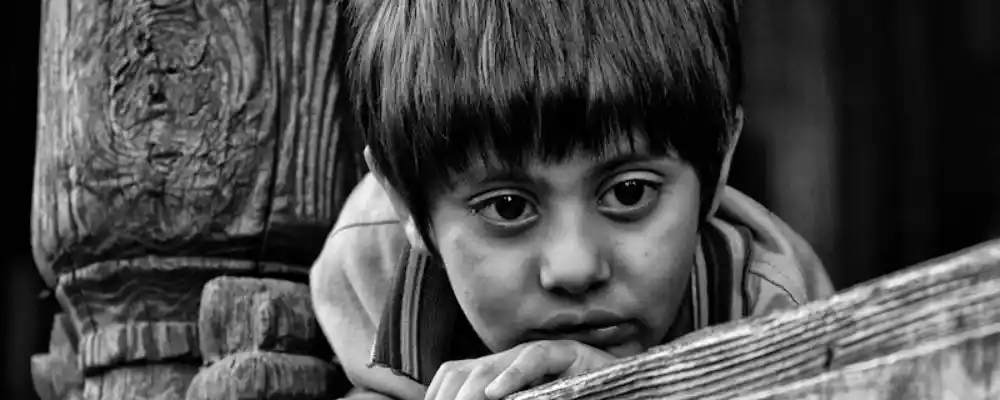Storytelling via pictures transcends aesthetics, weaving narratives and emotions via powerful visuals. Plan your theme, capture decisive moments and rich information, then collection and edit your pictures for a cohesive float. Light, intensity of subject, or even black and white can enhance the mood even as staying open to the surprising can upload depth. With practice, you’ll rework your images from snapshots to fascinating tales:
Photography Subject Selection:

Subject selection in pictures is the foundation of storytelling. It’s all about selecting the detail, character, or scene in order to be the heart of your photograph and narrative.
Here are some key aspects to consider:
Finding Inspiration: What ignites your innovative spark? Is it a person’s expression, a completely unique architectural element, or a dramatic panorama? Train your eye to see ability memories in regular moments.
Composition: How will you body your difficulty to tell the tale? Leading traces, the guideline of thirds, and poor area can all manual the viewer’s eye to your chosen focal factor.
Uniqueness vs. Commonplace:Don’t be afraid to image regular objects in exceptional ways. Conversely, a rare or unusual problem can inherently draw attention.
Light and Mood: Consider how mild interacts together with your problem. Dramatic shadows or soft, diffused light can set the mood and decorate the tale telling pictures.
Pre-visualization:

Pre-visualization in pictures is the art of seeing the very last image for your mind before you even enhance the camera. It’s like developing a intellectual blueprint in your shot, permitting you to plan and capture effective compositions. Here are a few advantages of pre-visualization:
Stronger Compositions: By visualizing ahead, you may experiment with special angles, framing, and problem placement to make sure a well-composed picture.
Preparation is Key: Pre-visualization allows you make a decision at the right gadget for the scene, like lenses or filters, so that you’re prepared to seize the moment.
Efficiency and Focus: When you recognize what you are seeking out, you can waste less time and attention on taking pictures the decisive moment.
Deeper Connection:
Taking the time to examine the shot permits you to connect greater deeply with the scene and capture its essence.
Photography Composition:

Composition in photography Is the association of factors in the body. It’s the foundation for creating visually interesting and impactful pix. Just like a writer makes use of phrases to inform a story, a photographer makes use of composition to manual the viewer’s eye and inform a visible tale telling pictures thoughts. Here are some key factors of composition. Discover the art of storytelling thru pictures with our photography experts.
Photography Rule of Thirds:
This is a commonplace tenet that divides the frame into a 3×3 grid. Placing vital elements at the intersections or alongside the strains can create a extra balanced and engaging composition.
Leading Lines:
Lines in the scene, like a winding street or a person’s gaze, may be used to draw the viewer’s eye into the picture and closer to your difficulty.
Negative Space:
The space around your problem can be simply as important as the subject itself. It can create a feel of stability, emphasize the concern, and allow the viewer’s eye to relaxation.
Depth:

Techniques like layering factors or using selective awareness can create a sense of depth and size in your photo, making it extra visually exciting.
Balance:
A properly-composed picture has a sense of stability, even if it’s asymmetrical. Consider the burden and location of factors within the body.
By knowledge and applying those compositional techniques, you can elevate your photography talents from easy snapshots to powerful visual tales. Remember, composition is a device, now not a inflexible rule. Experiment, spoil the regulations whilst it works, and most significantly, use composition to manual the viewer’s eye and tell your visual storytelling with images.
Lighting:
Photography is an artwork form that is predicated closely on mild. It’s the important thing element that sculpts your image, reveals info, and sets the mood. Understanding the nuances of light and how to use it creatively can simply transform your pics.
The first-class of light is a important factor to don’t forget in your photography. Harsh daylight creates dramatic shadows, which can upload intensity and texture to your picture. On the alternative hand, smooth, diffused mild, like on cloudy days, creates a gentler experience, best for creating a calm and peaceful mood. You can also use artificial lighting fixtures creatively to achieve precise results, like highlighting sure areas of your problem or developing dramatic shadows.
The course of the mild supply is another vital thing to consider. The way the mild hits your situation will dramatically impact your image. Front light, as an instance, creates flat tones, which may be used to create a minimalist and current look. Sidelight, on the other hand, highlights textures and creates intensity, perfect for taking pictures the tricky information of your situation. Backlighting can rim your subject with mild, developing a dramatic silhouette, best for developing moody and romantic snap shots.
Capture Emotion:

Capturing emotion in pictures is like bottling lightning – it requires consciousness, anticipation, and the ability to translate fleeting moments into lasting expressions. Here’s how to weave emotion into the very fabric of your pictures:
Focus on the Eyes:
They are frequently called “home windows to the soul” for a purpose. A nicely-captured expression within the eyes can convey a world of pleasure, disappointment, marvel, or dedication.
The Decisive Moment:
Anticipate fleeting gestures, expressions, and interactions that talk volumes. Being geared up to seize these moments could make the distinction among a flat photo and a picture brimming with emotion.
Body Language:

People talk plenty through their frame language. A slumped posture might suggest disappointment, whilst open hands should express warm temperature and welcome. Pay attention to how your challenge’s body conveys emotion.
Juxtaposition:
Placing contrasting factors inside the body can create tension and evoke emotions. For example, a lone figure dwarfed by way of a sizeable panorama can evoke emotions of solitude or insignificance
Black and White:
Sometimes stripping away coloration can amplify feelings. Black and white images can create a undying sense and emphasize emotions thru stark assessment
Environmental Storytelling:

The environment surrounding your issue can make contributions to the emotional effect of the picture. A cluttered room would possibly advise chaos, whilst a serene landscape bathed in golden mild could evoke a sense of peace.
Remember, emotion is subjective, but by using using these techniques and growing a watch for those emotional cues, you can capture pix that resonate with visitors and depart an enduring influence.
Context and Detail:
Provide context and upload intensity to your tale by way of including relevant info and environment. Wide photographs set up the putting, whilst close-united stateshighlight critical details and emotions, enriching the storytelling enjoy.
However, make certain that your edits stay genuine to the essence of the tale and do not compromise its authenticity.
Audience Engagement:

Finally, don’t forget your audience and how they may interact along with your tale. Aim to create pix that resonate with visitors on a non-public stage, spark verbal exchange, and inspire motion or empathy.
Mastering the artwork of storytelling through pictures takes time, exercise, and a deep information of both the technical and creative elements of photography. Stay real in your imaginative and prescient, preserve experimenting, and permit your passion for storytelling manual you to your photographic adventure.
Conclusion:
Photography is going past shooting pretty pix that tell a tale. It’s a effective storytelling device that allows you to weave narratives and evoke emotions thru cautiously chosen visuals. By studying the art of storytelling via photography, you can remodel your pictures from snapshots to fascinating narratives. This adventure starts with pre-visualization, planning your theme, and choosing a subject so one can be the coronary heart of your story. With a sturdy foundation in composition and lights, you could then seize decisive moments and impactful information that resonate with viewers.
Don’t overlook the strength of emotion by means of focusing on expressions, frame language, and environmental cues, you could create pictures that go away a lasting affect. So, maintain training, hone your capabilities, and use your digicam to tell testimonies that rely.
What is the art of storytelling in photography?
Storytelling in pictures is about shooting images that bring a narrative or emotion, enticing viewers and permitting them to connect to the scene or issue in a significant way.
What is storytelling photography called?
Storytelling pictures is frequently known as documentary photography or narrative pictures. These styles awareness on shooting actual-life moments in a manner that tells a cohesive and compelling tale.
What is it called when you use pictures to tell a story?
When you operate photographs to inform a tale, it’s far called photograph storytelling or visible storytelling. This technique combines pics to deliver a narrative or evoke emotions with out the want for phrases
How to tell a story using photography?
To inform a story using pictures, focus on taking pictures a series of pics that drift collectively and display a story. Start with establishing shots to set the scene, then consist of element shots to spotlight specific elements. Capture feelings and interactions to create intensity, and use quite a few views to engage the viewer. Finally, make certain your photos have a clear starting, center, and end to create a cohesive story.

